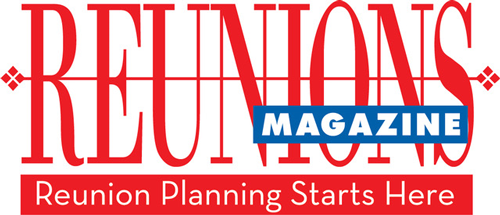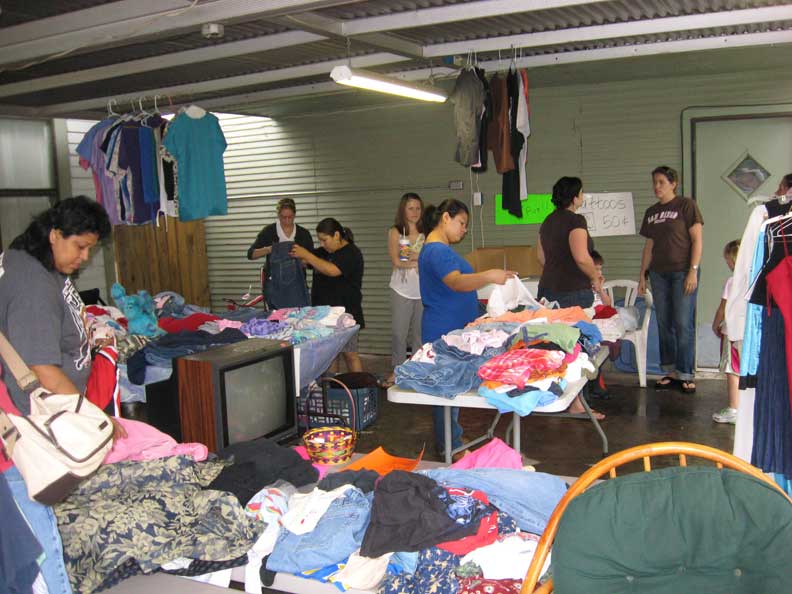by Camille Minichino
Imagine being able to rewrite your yearbook. Remember those vague references to “sure to do well in the future” and “the swellest guy I know”? Here’s how to tell your classmates exactly how successful you’ve become.
Better still, take on the task of preparing an updated yearbook for all your classmates. It’s easier than it sounds. For one thing, you don’t have to beg local merchants for ads, or fit it in between algebra problems, for another.
A few reunions ago, I volunteered to create yearbooks. The class was small, fewer than 100 people, so I could produce and bind the books myself. If you’re dealing with a larger class, you’ll want to investigate the cost of having them printed and bound at a copy shop and present a budget request to the reunion committee. Or, if you can afford to, present it as a gift to your class.
A yearbook works equally well for a family, school or military reunion.
Preparing a yearbook is a perfect project for someone who lives far from the reunion and might have a hard time dealing with tasks that require a physical presence, such as decorating or catering arrangements. Also, you can do this on your own time. These are the steps.
Collect the information.
We include more information than the typical yearbook contains so it’s more efficient to prepare a questionnaire or form. If you’re not on the committee, ask to include your page with their first mailing.
INFORMATION FORM
Name:
Address:
Phone:
Email:
Fax:
Website:
Family members:
Career (50 words):
Most proud of:
Fondest high-school (or college, or family) memory:
Plans for the future:
Other comments:
Many people my age are not enamored of computers so I offer a phone interview as an alternative to writing or emailing. I make an appointment, then have the questionnaire handy and lead the person through the form.
Design the book.
The first book I did, 20 years ago for my high school class, was simple: 8 1/2″ x 11″ sheets, text only, three entries to a page, double-sided, stapled together. Basic as it was, the book was a big hit. Classmates finally had an organized “catch-up” document plus contact information for long-lost friends and teammates.
With more time and equipment, I’ve gotten a little fancier. I make card-stock covers and put the whole document together with a mock-spiral binding machine. Check binding services at your copy place.
You may decide on a 5 1/2″ x 8 1/2″ “half-size” book. This means laying out the document in landscape mode and folding the printed sheets in half. This is easier to manage as a hand-out at the reunion. The disadvantage is that it’s a trickier layout job. For example, the left-hand side of one sheet might be page six, while the right-hand side is page 63, and you won’t be able to accommodate last-minute insertions as easily as with straight, one-up, full-size (8 1/2″ x 11″) sheets.
There are many options for design, some more time-consuming than others.
1. Jazz up the book with photos.
2. Write an introductory letter to share the pleasures and pains of producing the book and thank those who helped and cooperated.
3. Prepare a table of contents.
TABLE OF CONTENTS
Introductory Letter
Biographies of Classmates, arranged alphabetically
(Your Reunion Name Here) Trivia Quiz
Photo Quiz
Entertainment Quiz
4. Use a traditional yearbook design. If you have access to a scanner, place original yearbook photos beside each entry and intersperse a few pages with photo-montages. Or ask for current photos in the initial request for information. Specify the format and hold fast to the guidelines.
5. Use a page-per-person format. If the group is small enough, everyone can have his/her own page, including family pictures and more “brag points.” This makes layout simpler, but can be overwhelming for large groups.
6. Prepare interesting covers. If you have internet access, copy updated photos of school buildings. Find attention-grabbing surprises. I was able to find an image of a large, unwieldy 1960s computer, the same brand that was in the basement of my graduate school building. I used it for the back cover of a book I distributed at the most recent reunion of my department. For the front, I scanned a postcard of the campus quadrangle.
Have fun. Make the project fun by including surprises. Here are some ideas.
1. Make up a fictitious classmate and offer a prize to the first person to notice. This custom started when I faced the problem of two college classmates who married, then had an unfriendly divorce. Her maiden name came just before his name alphabetically and she didn’t want to be next to him in the book! I created a fictitious classmate, writing from the state prison, whose name fell between theirs.
2. Create a trivia game. Quizzes are great icebreakers to get people talking. Some may not even have known each other in school. Be sure to take the answer sheet to the party!
TRIVIA QUIZ
In our graduation year:
1. Who was governor of our state?
2. What was the population of our city?
3. Which subway (bus) stop was closest to the school?
4. Who was homeroom teacher in 102?
5. What was Coach Miller’s nickname?
FAMILY REUNION QUIZ
1. Who is the youngest cousin?
2. Who had the most attendants at his/her wedding?
3. Who was the first to graduate high school?
4. What street was Aunt Jean and Uncle Frank’s first apartment on?
5. How did cousin Yolanda meet her husband Arnold?
6. What color was Uncle Mike’s first car?
7.What was the main course at Mildred and John’s wedding dinner?
3. If you have contemporary photos of classmates, teachers, family members, create a visual quiz. Arrange current photos of selected people on a single page, with no names. Ask attendees to identify the people.
4. Prepare an entertainment quiz.
ENTERTAINMENT QUIZ
During our high school years:
1. What celebrity weddings took place?
2. Name three date movies.
3. Which TV show was most popular?
4. What was the name of the school play?
5. Name three songs on the Hit Parade.
6. What was the number one song when we were seniors?
Be ready for gratitude.
Don’t be surprised at how well the book is received, even if you’ve chosen the simplest format. Your classmates will be thrilled and you’ll have earned their sincere gratitude.
About the author
Camille Minichino is a science editor, freelance writer, novelist, and active reunion volunteer. Her new tenth novel, Mayhem in Miniature is from Penguin Press. She lives with her husband in the San Francisco Bay Area.




